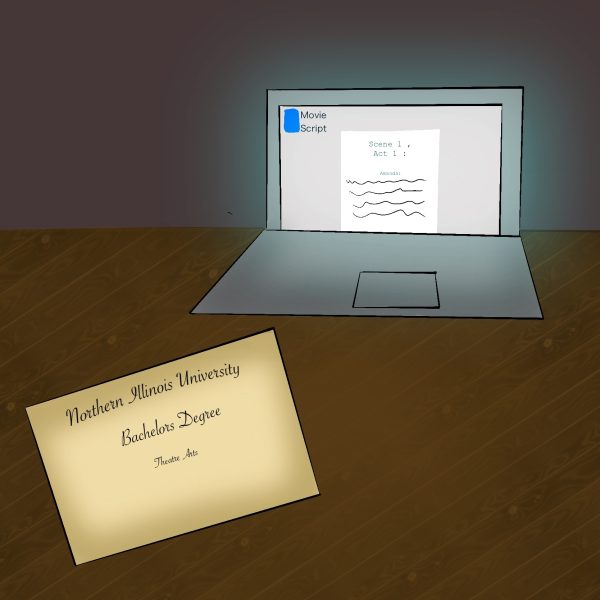NIU can lend hand to AIDS education
February 2, 1987
It is estimated that in just three years, 12.5 million Americans may be infected with AIDS. Even more disturbing is that the Federal Centers for Disease Control now estimate that by 1991, more than 12,000 children will have been diagnosed as having AIDS or an AIDS-related complex; the primary victims—babies.
AIDS awareness and education has come a long way in the past few years. Media coverage and special programming has warned the public about the disease, how it is transmitted and its horrid, often fatal effects.
It has been pointed out that more direct AIDS awareness/education programs need to be aimed at those populations most responsible for putting children on the latest list of high-risk victims. This population, by and large, is drug-abusing communities.
The majority of babies contract the disease by mothers who are intravenous drug abusers who got the disease from contaminated needles or from infected sex partners who were intravenous drug users. Most of the remaining mothers have been found to have contracted the diseases from sex partners who were bisexual men.
The problem is, the drug-abusing population is the most difficult to reach. Drug users, especially in low socioeconomic classes, usually cannot be easily persuaded through television or newspaper advertisements or other factual information.
There is, however, an alternate solution that might help curb the amount of pediatric AIDS cases and other sexually transmitted diseases. Social services, health agencies or doctors can begin by dispersing the information to places where sexual promiscuity is known or suspected to be present. The perfect example is on college campuses.
NIU already has started to contribute to the effort by placing advertisements in the campus newspaper warning students to “know your partner.” Health Enhancement Services is on the right track by realizing that preventing college students from having sex is beyond its scope. But warning students to take precautions once they make that decision is sound advice.
The college student population might not be at the largest risk for spreading such diseases, but they certainly are not immune to learning how to prevent them.












